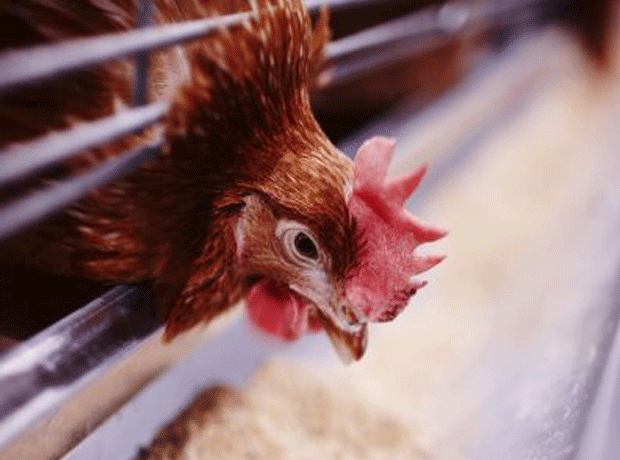
Retailers must start exploring alternative animal feeds to improve the sustainability and resilience of their meat and fish supply chains, a new report has warned.
Reliance on traditional feed crops like soy is contributing to climate change and threatening global food security by putting a huge strain on land and ocean resources, says the report, which was published today by the Protein Challenge 2040 coalition.
Nearly half of global agricultural land and more than a fifth of the world’s fish catch is currently used to produce animal feed, the report reveals, while the production and processing of animal feed accounts for 45% of livestock’s total greenhouse gas emissions.
With consumers growing increasingly concerned over the environmental impact of meat production, retailers and foodservice companies should start scrutinising what is fed to the livestock used in products they sell, and begin exploring alternative feed sources, it says.
“If you want to make the animal protein category more sustainable then you have to consider animal feed because we are feeding vast quantities of plant-based protein to animals, as well as fishmeal,” said Simon Billing, the Protein Challenge 2040 lead at Forum for the Future.
The report highlights some “exciting” innovations that could help transform the way we feed our animals, such as insect-based protein, oil from natural marine algae, feed additives like amino acids, and protein derived from methane-eating bacteria.
By working with the supply chain to develop these innovations into viable alternatives, retailers could “demonstrate leadership” on a key sustainability issue, build trust with consumers and protect their supply chains against future volatility, it claims.
“Looking at new approaches to feeding livestock helps us meet our sustainability targets and is also good for business,” said Duncan Sinclair, agriculture manager at Waitrose, which is already working on sourcing 100% sustainable soy, and more feed raw materials from the UK and Europe.
“Customers increasingly demand more transparency, not just on what goes into a product but also on how it is produced. Addressing the sustainability of animal feed by bringing it closer to home through our sustainable forage protein project has not only benefited the environment but has helped our farmers improve efficiency.”
The Feed Behind Our Food report forms part of Feed Compass, a project by The Protein Challenge 2040 coalition to scale up solutions for more sustainable animal feed.
Led by a group of international retailers, food manufacturers, feed ingredient companies, innovators and NGOs, the coalition is now developing an easy-to-use tool that will help the food industry compare different types of feed and guide purchasing decisions.
“Collaboration across the supply chain is critical to address the environmental impacts of feed,” said Billing. “This report is the first step in helping retail and foodservice professionals start to build knowledge of their feed security, and join forces with their suppliers, including producers and feed companies, to formulate strategies together to speed up progress on sustainable animal feed.”



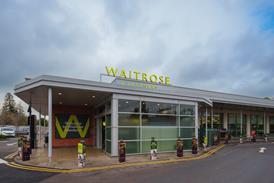



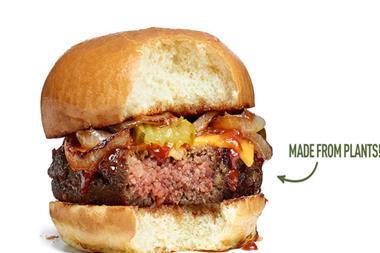
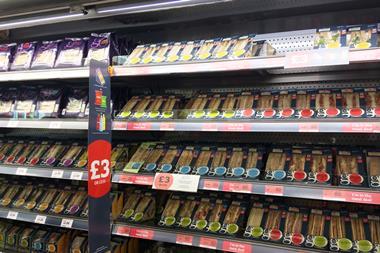
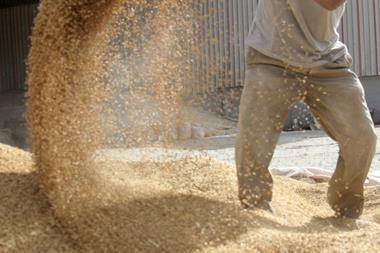





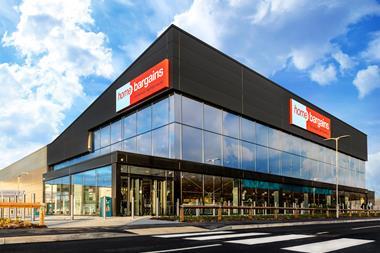


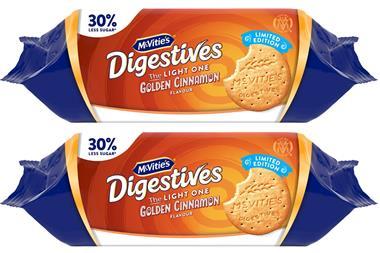
No comments yet